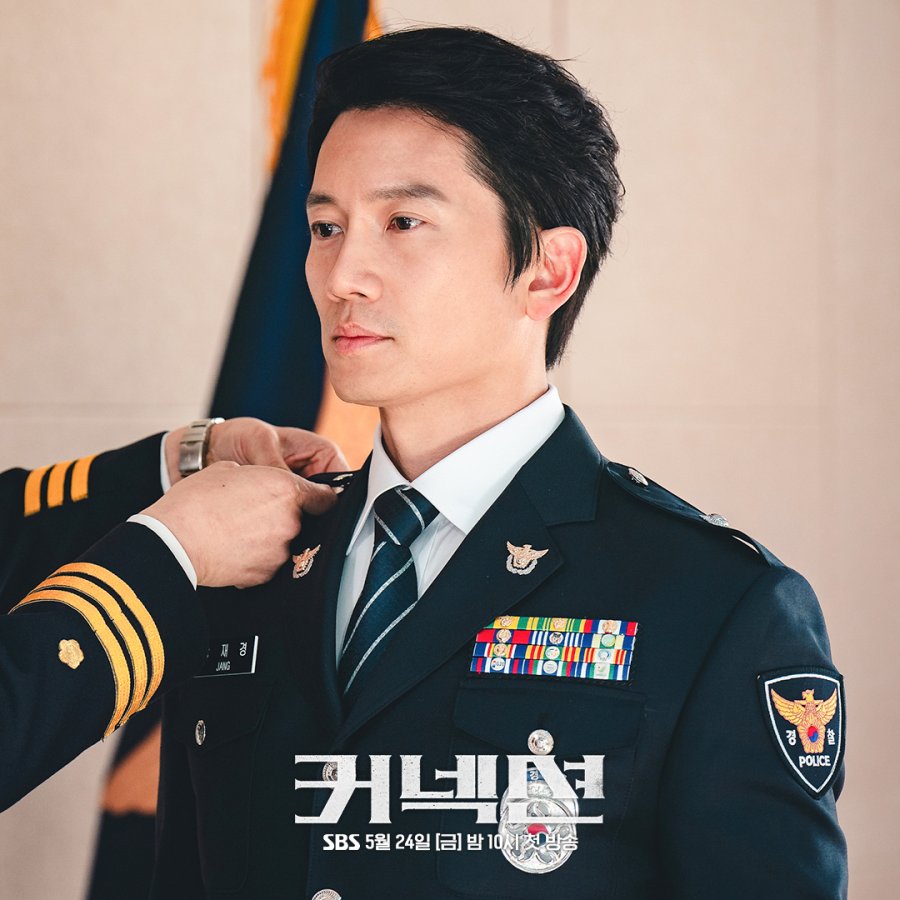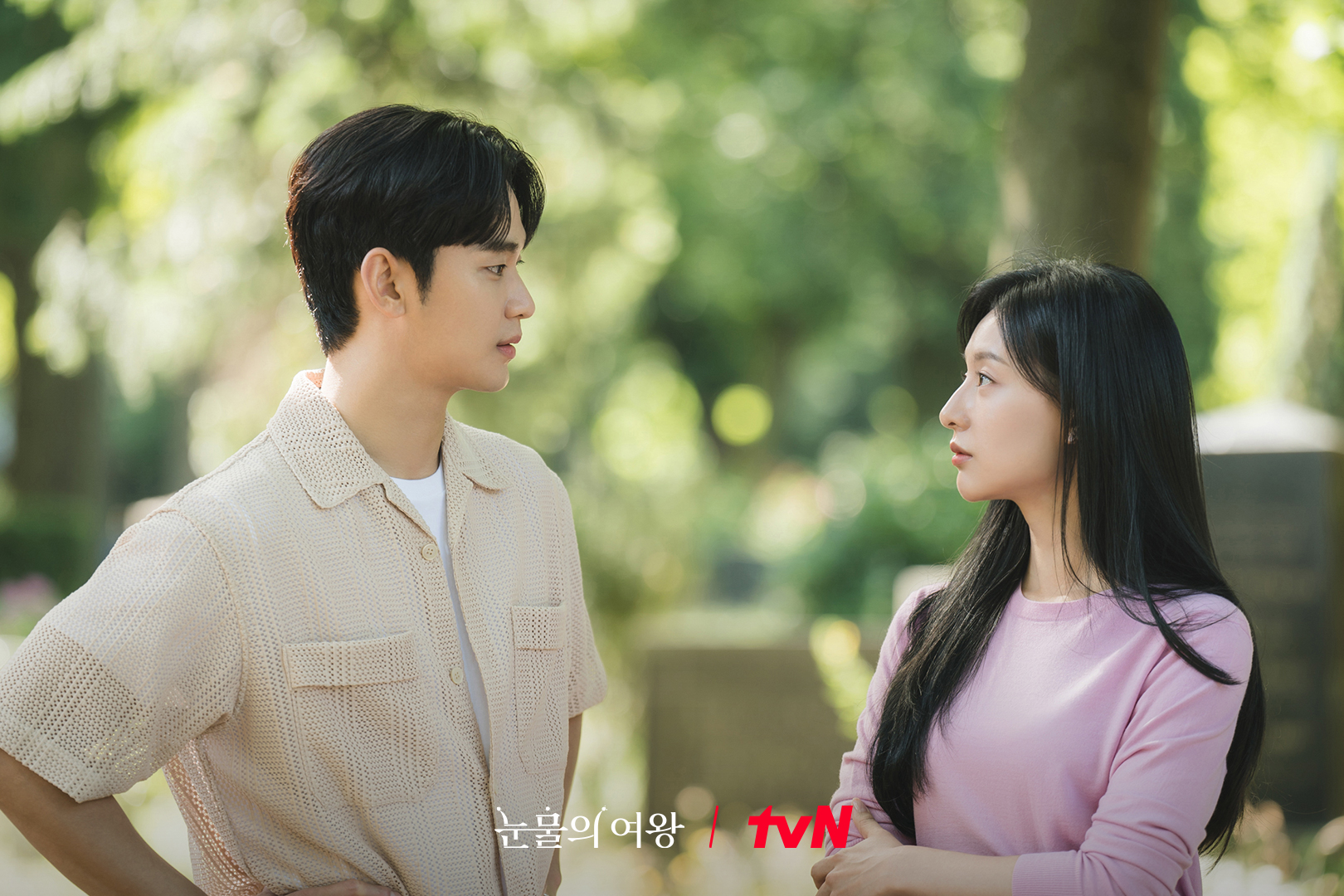Up to now 20 years, South Korean tv and cinema have achieved world industrial and significant success. Whereas they could be shiny and stylized, Ok-wave movies and tv collection have additionally revealed Korea’s darkish aspect of their social criticism.
The South Korean movie trade produces scores of horror flicks, and inventive administrators have used the style to discover social points. Bong Joon Ho’s Oscar-winning 2019 film Parasite blended suspenseful horror with a social criticism. With its portrayal of South Korean class polarization, the movie asks the viewers who actually is the parasite.
Beforehand, in his 2006 movie The Host, the director used a monster film to recall reminiscences of anti-fascist activism from the Nineteen Eighties — reminiscences that had been suppressed on the flip of the century by an alienating neoliberal social consensus. Because the inspiration for The Host got here from an incident the place American military officers ordered a Korean mortician to dump formaldehyde within the Han River, there are understanding references to anti-American sentiments.
In 2021, Netflix scored a world hit with Squid Sport. The present, which has since been renewed for a second season, borrowed a premise from the 2000 Japanese movie Battle Royale, the place troublesome youngsters are pressured to homicide one another. Within the South Korean collection, victims of capitalism kill one another to repay insurmountable money owed. Slightly than simply titillating gore, Squid Sport affords a searing critique of the soullessness of South Korea’s alleged financial miracle.
There’s a lengthy world historical past of utilizing horror as a political metaphor. Karl Marx and Fredrich Engels famously wrote of a “specter haunting Europe.” Zombies specifically have confirmed to be a helpful foil for social criticism.
In progressive narratives, those that make and management zombies can symbolize the assault of an authoritarian state on private autonomy or the dehumanizing energy of capitalism. In gothic Marxism, Western industrial capitalism turns the proletariat right into a compliant and disposable zombie.
Conversely, for reactionaries, the determine of the zombie has stood in for a racial or class enemy. Such gothic racism is replete with white fantasies of bloodthirsty ghoulish hordes from a decolonizing World South rejoicing in orgies of irrational rape and homicide. We’d like look no additional than the response to revolutions of nationwide liberation, from Haiti to Algeria to Palestine, to seek out the supply of such lurid concoctions.
Within the twentieth century, artists world wide experimented with a brand new know-how to make use of horrific photographs of their social critiques. In Germany’s submit–World Conflict I chaos, Weimar administrators invented the horror movie. Robert Wiene’s 1920 expressionist movie The Cupboard of Dr. Caligari and F. W. Murnau’s Nosferatu: A Symphony of Horror (1922) mirrored the traumas inflicted by the mindless slaughter of ten million younger males in pointless trench warfare. Fritz Lang’s Metropolis (1927) and M (1931) used components of horror to evoke Germany’s social conflicts.
Half a century later, American movie makers wrested with the horrors of the conflict in Vietnam. John Boorman’s Deliverance (1972) and Tobe Hooper’s The Texas Chainsaw Bloodbath (1974) resonated with audiences anxious about their complicity in imperialist violence, afraid of a social order thrown into chaos after the sociopolitical upheavals of the Nineteen Sixties, and frightened about terrors but to return.
Taking an instance from the World South, strict censorship throughout Basic Suharto’s New Order (1966–98) pushed Indonesian filmmakers towards horror as a politically protected but cathartic type of expression after the arrest, incarceration, torture, and slaughter of thousands and thousands of alleged communists, union members, feminists, artists, and others. Even the federal government used photographs of witches and supernatural violence in its anti-communist propaganda.
Zombies as sociopolitical metaphor return to the display time and again. American zombie movies usually convey reactionary themes, worry of a vengeful Different, and imperial anxieties. Drawing on white fears of Pan-African mysticism, Victor Halperin’s 1932 traditional White Zombie is about in Haiti. Supernatural terror is inseparable from a terrifying blackness. Halperin’s completely forgettable sequel Revolt of the Zombies (1936) depicts a generalized white racial paranoia of rebellious subalterns in French-ruled Cambodia.
Within the 1973 James Bond car Stay and Let Die, Caribbean zombies and “voodoo” characterize the American empire’s worry of radical black Third Worldism in a decolonizing world. Alternatively, George Romero’s Night time of the Dwelling Useless (1968) used zombies as a metaphor for American racism and white supremacist response within the civil rights period.
Each Danny Boyle’s lethal severe 28 Days Later (2002) and the comedic Shaun of the Useless (2004) dramatize Western nervousness concerning the fragility of the neoliberal world order through the lobal “conflict on terror.” The runaway success of The Strolling Useless’s eleven seasons between 2010 to 2022, together with its varied spin-offs, speaks to modern American fears of a coming Darkish Age of limitless conflict.
Korean administrators have adopted the Western zombie movie style, and audiences have jumped on the zombie bandwagon. Notably choices embody Kim Jee-woon and Yim Pil-sung’s 2012 trilogy Doomsday Guide, Na Hong-jin’s The Wailing (2016), and Il Cho’s #Alive (2020).
Whereas they’re horrific monsters, Ok-zombies are additionally ceaselessly victims of social inequalities. In these movies it’s the poorest and most weak members of society who first fall sufferer to forces towards which they can’t presumably defend themselves. Just like the doomed gamers within the anti-capitalist Squid Sport, they’re trapped by hegemonic social buildings working with a necropolitical logic.
Yeon Sang-ho’s Prepare to Busan (2016) is without doubt one of the most profitable Ok-zombie movies. Along with being a well-crafted piece of cinema, the movie imagines a horrific collapse of South Korea’s social order. Launched two years after the Sewol ferry accident, when official incompetence led to the dying of 305 individuals together with 250 schoolchildren, Prepare to Busan depicts a corrupt and inefficient South Korean state abandoning its residents.
Within the sequel, Peninsula (2020), the battle towards zombies recollects the Korean Conflict. Yeon Sang-ho additionally made an animated prequel, Seoul Station (2016), wherein the poor and socially marginalized are the primary victims of the approaching zombie plague.
Whereas the movies need us to cheer for the heroes and worry the zombies, they elicit a stunning empathy from us. We are able to see ourselves within the zombie hordes and acknowledge them because the human collateral harm of South Korea’s political financial system. On this context, it isn’t stunning that Jung Chan-sung, South Korea’s hottest combined martial artist, fought within the Final Combating Championship (UFC) beneath the nom de guerre “The Korean Zombie.”
In 2017, Netflix introduced what can be its first Korean manufacturing, Kingdom. Even earlier than it aired, screenwriter Kim Eun-hee was clear that she was utilizing zombies for sociopolitical critique: “I wished to write down a narrative that displays the fears and nervousness of contemporary instances however explored via the lens of a romantic fascination of the historic Joseon interval.” Though zombies had been terrifying creatures, she insisted that they deserved empathy: “I wished to painting individuals who had been mistreated by these in energy battling hunger and poverty via the monsters.”
When Kingdom premiered in January 2019, most critics commented upon the profitable merging of sageuk (historic drama) with Western zombie trappings. The costumes and units are meticulous of their historic element. The mix of interval drama, political intrigue, and supernatural themes resonated with followers of collection like Sport of Thrones. Kim confessed shock that the scripts she had written for a home viewers proved to be a world success.
By likelihood, Netflix launched the second season simply two days after the World Well being Group declared COVID-19 a world pandemic. Unsurprisingly, this streaming collection a few plague tearing society aside discovered a pure and captive viewers because the world entered varied types of social distancing and lockdown. But the analogies to the present pandemic had been unintentional, because the collection was explicitly written as an train in political critique. Kim Eun-hee has said that she wished to “present various features of politics” via the zombie style.
The American collection M*A*S*H (1972–83) was set in Korea as a “protected” strategy to discuss concerning the US conflict in Vietnam. In an identical vein, Kingdom offers with the late-sixteenth-century Japanese invasion of Korea and is thus a “protected” strategy to course of the 1910–45 Japanese colonial period, the 1950–53 conflict, and the collection of authoritarian governments that dominated South Korea from 1945 to 1987.
Kingdom is about a number of years after the 2 Japanese invasions of Korea, generally referred to as the Imjin Conflict (1592–93 and 1597–98). This was an period of traditionally verifiable horrors which might be tough to fathom. Some 300 thousand Japanese troops swept via the peninsula, participating in violence that Yale historian Ben Kiernan has deemed genocidal.
The samurai-led invaders engaged in an in the end futile scorched-earth marketing campaign, massacring and enslaving an unknown variety of Koreans. Prefiguring the necropolitical atrocities of the Pacific Conflict (1931–45), Japanese troopers desecrated corpses and maimed their captives.
Human physique components had been packed in brine and despatched to Kyoto as conflict trophies. To this present day, one can go to a shrine known as Mimizuka, a mud mound holding no less than thirty-eight thousand ears and noses lower from Korean and Chinese language prisoners. Korea’s Joseon dynasty teetered on the sting of collapse, but it surely managed to outlive the onslaught and expel the bloodthirsty invaders.
At one level in Kingdom, the principle characters enter a village inhabited by peasants with bandages on their faces. Their wounds should not defined, and the scene could be a thriller to foreigners, however Korean viewers will catch the reference. The undiscussed disfigured faces symbolize the unprocessed trauma of successive waves of historic violence.
American might know few phrases in Korean, however because of The West Wing, the idea of han would possibly no less than be acquainted. Han might be understood as deep-seated resentment from a wound that may neither be healed or avenged. Kim stated that she “tried to speak concerning the sentiment of han in hope of getting individuals of a wider social class, or those that had been dominated” occupy a central place in her story.
Each the zombies condemned to their destiny and the peasants disfigured by departed Japanese invaders personify han. To flirt with some vulgar Gramscian theorizing, we’d view han because the frustrations of political impotence within the face of hegemonic energy. As Kim places it: “The bottom class is the largest sufferer of mistaken politics. I assumed I may present their ache and thru that ache extra vividly convey the that means of what politics is.”
With out making a gift of an excessive amount of of the plot, within the first season, the zombie plague tears via the Joseon kingdom. The yangban, Confucian feudal lords, fail to guard the commoners. Many seal themselves off in fortresses or just flee, abandoning their vassals.
Societal collapse is the fault of the yangban not fulfilling their obligations. The cowardice of the feudal elites is an apparent reference to the indifference of up to date South Korean elites to the struggling of the poor, as seen in Parasite’s critique of the isolation and alienation of the neoliberal social order.
In fact, a number of heroes attempt to battle the zombies. In the course of the second season, they uncover a conspiracy on the highest ranges of energy, with members of the royal household kidnapping pregnant ladies to steal their kids at beginning, whereas the moms are deemed disposable and killed. What might appear to be typical titillating Sport of Thrones–type intrigue is a strong refence in modern Korea.
From the Nineteen Sixties to the Nineteen Eighties, America and European households adopted 2 hundred thousand South Korean kids. Adoption businesses claimed that the kids had been orphans. Nevertheless, current investigations found a variety of malfeasance, together with taking infants from impoverished ladies, unwed moms, and intercourse staff with out their consent. Some ladies had been falsely instructed their infants died at beginning. There was additionally a concerted effort to ship mixed-race kids born close to American army bases in another country.
By the Nineteen Eighties, there was a cottage trade of for-profit adoption businesses participating in a variety of unsavory practices, with authorities officers implicated in varied schemes. This long-running follow of promoting kids thought-about undesirable aligned with the federal government’s eugenicist insurance policies that punished the poor and those that had been stated to be insufficiently Korean. As this darkish historical past has come to gentle solely in recent times, the theme of elites stealing the kids of the poor has a selected resonance for Korean viewers.
Kingdom: Ashin of the North, the 2021 prequel, explains the origins of the zombie plague. We study that within the face of the seemingly unstoppable Japanese invasion, the royal court docket used a newly found plant to zombify Korean peasants. After the zombie military defeated the foreigners, court docket officers systematically destroyed the zombies. Nevertheless, the method was imperfect, and the zombie plague returned.
We are able to learn this as a metaphor for the human rights violations dedicated beneath the South Korean dictatorship. Syngman Rhee, Park Chung-hee, and their huge equipment of white terror had been prepared to brutally sacrifice their very own residents within the identify of an anti-communist campaign. Whereas apologists would possibly level to the South Korean financial “miracle” as justification, Kingdom warns us that we must be cautious of what lurks within the shadows.



